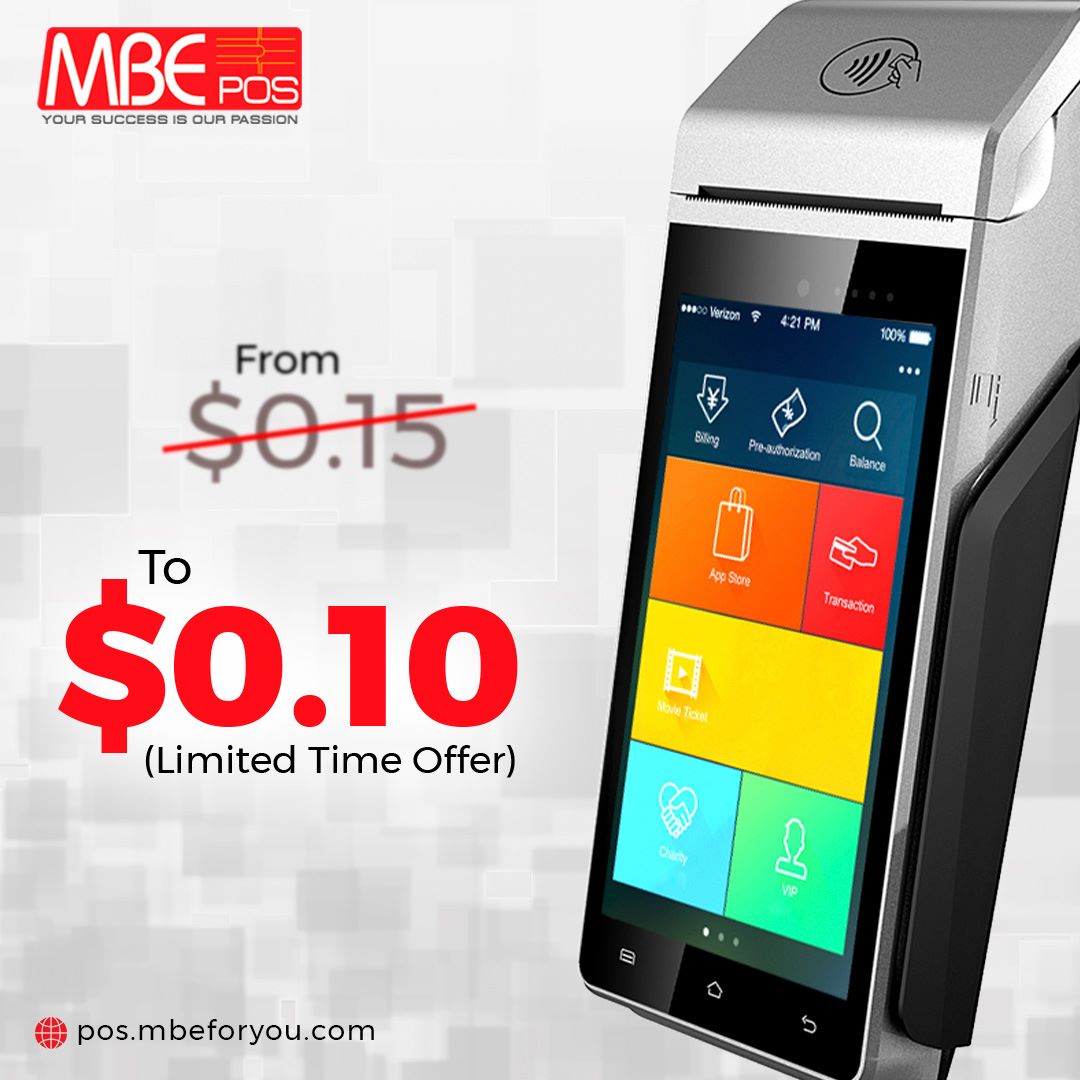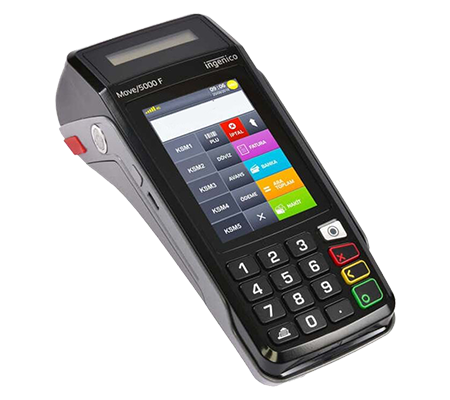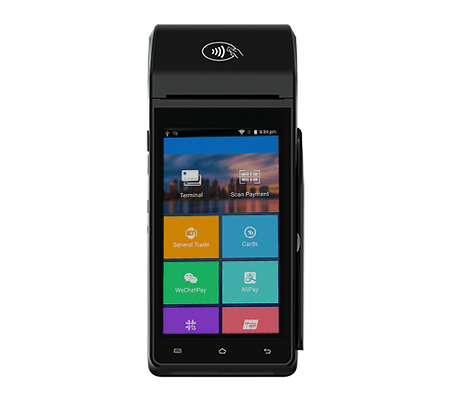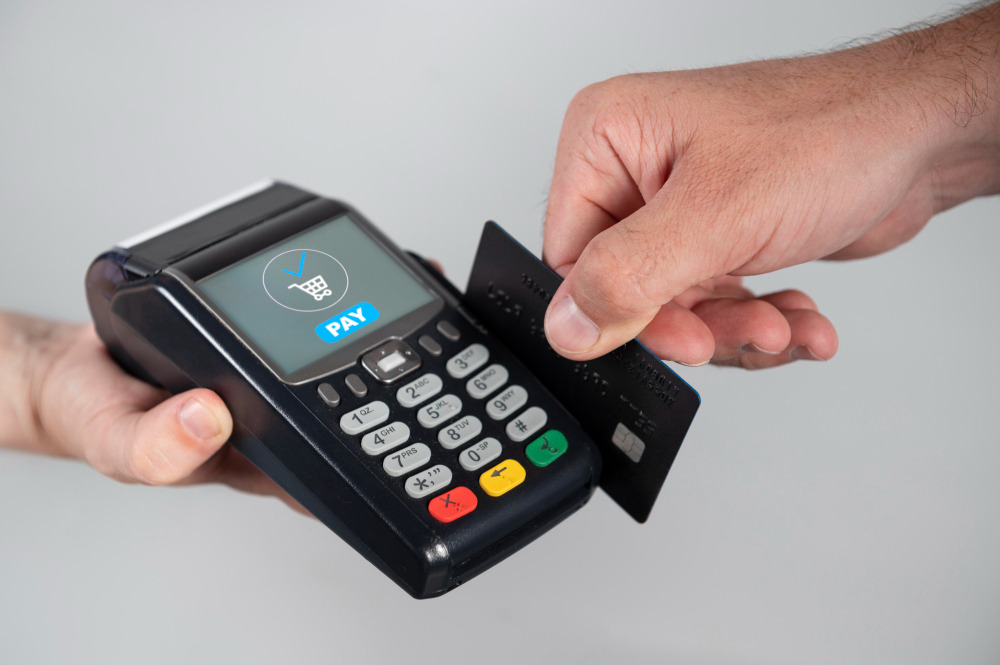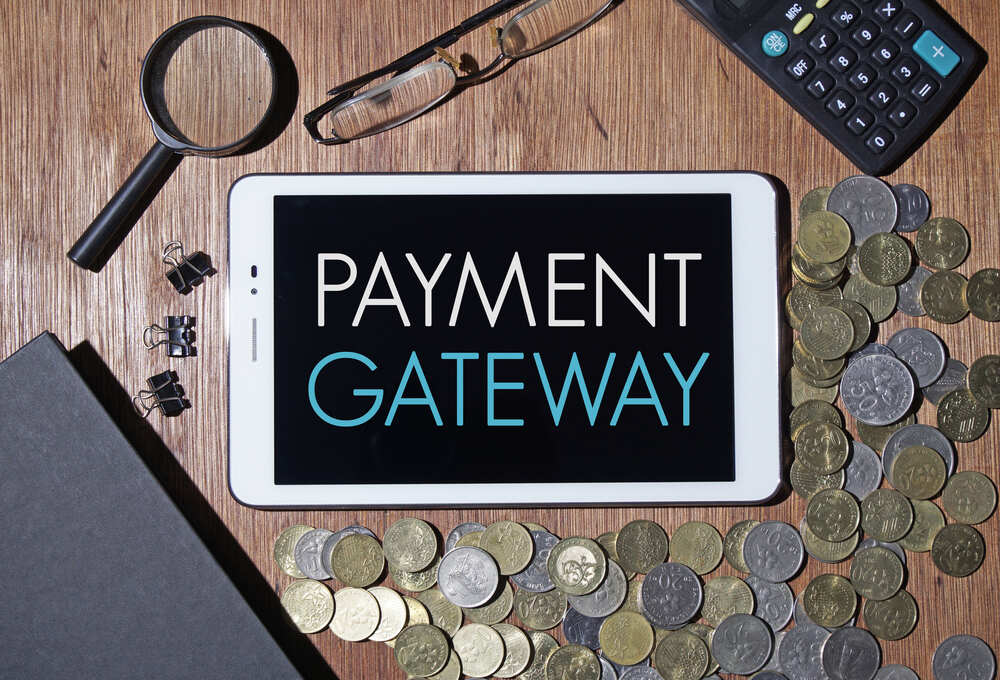If you’ve ever made an online purchase, chances are you’ve encountered a payment gateway. In the world of e-commerce, a payment gateway plays a crucial role in facilitating secure and seamless transactions between buyers and sellers. However, this blog post will delve into the concept of a payment gateway, its functions, and how it operates to ensure smooth online payments.
Understanding Payment Gateways
In today’s digital era, the ability to conduct secure and convenient online transactions is paramount. Eventually, this is where payment gateways come into play. A payment gateway is a technology that securely transfers money between a customer and a merchant. Also, it acts as a virtual terminal, connecting various stakeholders involved in the transaction process.
The Importance of Payment Gateways in E-commerce
Payment gateways serve as a bridge between customers, merchants, and financial institutions. They facilitate the authorization, processing, and settlement of online transactions. Therefore without payment gateways, businesses would be nearly impossible to accept electronic payments and thrive in the digital marketplace.
How Payment Gateways Work
When a customer initiates an online purchase, the payment gateway takes over the transaction process. In addition, here’s a simplified step-by-step breakdown of how a payment gateway works:
- The customer initiates the payment process by selecting the desired products or services and proceeding to the checkout page.
- The customer’s payment details, such as credit card information, are securely transmitted to the payment gateway.
- The payment gateway encrypts the customer’s data to ensure its security during transmission.
- The payment gateway forwards the encrypted data to the acquiring bank or payment processor for authorization.
- The acquiring bank or payment processor verifies the transaction details and checks for sufficient funds.
- If the transaction is approved, the payment gateway sends a confirmation to the merchant, allowing the order to proceed.
- The acquiring bank or payment processor transfers the funds from the customer’s account to the merchant’s.
- The payment gateway sends a notification to the customer and the merchant, indicating a successful transaction.
- The process typically takes only a few seconds, ensuring both parties a seamless and efficient payment experience.
Security Measures of Payment Gateways
Security is a paramount concern when it comes to online payments. Moreover, online payment gateways employ various security measures to protect sensitive customer information from unauthorized access. At the same time, these measures include encryption, tokenization, and compliance with industry standards such as Payment Card Industry Data Security Standard (PCI DSS).
Different Types of Payment Gateways
Payment gateways come in different types to cater to the diverse needs of businesses. However, the two main categories of payment gateways are:
- Hosted Payment Gateways: In this type, customers are redirected to a secure payment page hosted by the gateway provider. Initially, the customer enters their payment details on the hosted page, and the payment gateway handles the rest of the transaction process.
- Integrated Payment Gateways: Integrated gateways are seamlessly integrated into the Merchant’s website, providing a seamless user experience. Customers enter their payment details directly on the merchant’s website, and the gateway securely processes the transaction in the background.
Benefits of Using Payment Gateways
The adoption of payment gateways offers numerous benefits for both businesses and customers. Some of the key advantages include:
- Enhanced Security: Payment gateways employ robust security measures to protect sensitive data, reducing the risk of fraud and unauthorized access.
- Global Reach: Businesses can expand their customer base globally by accepting payments from customers worldwide, often in multiple currencies.
- Increased Conversion Rates: Payment gateways offer a seamless and user-friendly checkout experience, reducing cart abandonment and increasing conversion rates.
- Streamlined Operations: Payment gateways automate transaction processes, reducing manual efforts and streamlining business operations.
- Faster Settlement: Businesses can receive funds quickly, as payment gateways facilitate the prompt settlement of transactions.
Challenges and Considerations
While payment gateways offer immense benefits, there are also challenges and considerations to be aware of. These include:
- Transaction Fees: Payment gateways may charge transaction fees or have subscription plans that businesses must factor into their financial calculations.
- Integration Complexity: Integrating a payment gateway into a website or application requires technical expertise and careful configuration to ensure seamless functionality.
- Security Risks: Despite robust security measures, payment gateways are not immune to security breaches. Businesses must stay updated with security best practices and regularly monitor their systems.
- Regulatory Compliance: Depending on the industry and jurisdiction, businesses may need to comply with specific regulations and standards to ensure legal and secure payment processing.
Integration of Payment Gateways on Websites
Integrating a payment gateway on a website is crucial for businesses to accept online payments. This process involves following the integration guidelines provided by the payment gateway provider and ensuring a secure connection between the website and the gateway.
Mobile Payment Gateways
Mobile payment gateways have gained significant traction as mobile usage continues to rise. These gateways allow customers to make payments using their mobile devices, enhancing convenience and accessibility.
Future Trends and Innovations in Payment Gateways
The payment gateway landscape constantly evolves, driven by technological advancements and changing customer expectations. Some of the future trends and innovations in payment gateways include:
- Biometric Authentication: Integrating biometric authentication methods such as fingerprint or facial recognition for secure and convenient payments.
- Blockchain Integration: Exploring the potential of blockchain technology to enhance security, transparency, and speed of transactions.
- Voice-Activated Payments: Integration of voice assistants to enable hands-free and voice-activated payments, making the checkout process even more frictionless.
Wrap Up
Payment gateways play a vital role in enabling secure and efficient online transactions. Also, their robust security measures and seamless functionality ensure a smooth payment experience for businesses and customers. As technology continues to evolve, payment gateways will continue to adapt and innovate, shaping the future of e-commerce.



